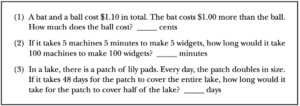References
Walking and exercise
Burton, H. M., and Coyle, E. F. (2021). Daily Step Count and Postprandial Fat Metabolism. Med. Sci. Sport. Exerc. 53, 333–340. doi:10.1249/MSS.0000000000002486.
Erickson, K. I., Leckie, R. L., and Weinstein, A. M. (2014). Physical activity, fitness, and gray matter volume. Neurobiol. Aging 35.
Erickson, K. I., Gildengers, A. G., and Butters, M. A. (2013). Physical activity and brain plasticity in late adulthood. Dialogues Clin. Neurosci. 15, 99–108.
Guardian article on Shane O’Mara: https://www.theguardian.com/lifeandstyle/2019/jul/28/its-a-superpower-how-walking-makes-us-healthier-happier-and-brainier
Griffin, É. W., Mullally, S., Foley, C., Warmington, S. A., O’Mara, S. M., and Kelly, Á. M. (2011). Aerobic exercise improves hippocampal function and increases BDNF in the serum of young adult males. Physiol. Behav. doi:10.1016/j.physbeh.2011.06.005.
Kramer, A. F., Erickson, K. I., and Colcombe, S. J. (2006). Exercise, cognition, and the aging brain. J Appl Physiol 101, 1237–1242.
Praet, S. F. E., Van Rooij, E. S. J., Wijtvliet, A., Boonman-De Winter, L. J. M., Enneking, T., Kuipers, H., et al. (2008). Brisk walking compared with an individualised medical fitness programme for patients with type 2 diabetes: A randomised controlled trial. Diabetologia 51, 736–746.
Miyashita, M., Burns, S. F., and Stensel, D. J. (2008). Accumulating short bouts of brisk walking reduces postprandial plasma triacylglycerol concentrations and resting blood pressure in healthy young men. Am. J. Clin. Nutr. 88, 1225–1231.
Sellers, C. E., Grant, P. M., Ryan, C. G., O’Kane, C., Raw, K., and Conn, D. (2012). Take a walk in the park? A cross-over pilot trial comparing brisk walking in two different environments: Park and urban. Prev. Med. (Baltim). 55, 438–443.
Nature
Bragg, R. (2014). Nature-based interventions for mental wellbeing and sustainable behaviour: the potential for green care in the UK. Nature-based Interv. Ment. wellbeing Sustain. Behav. potential green care UK.
Garrett, J. K., Clitherow, T. J., White, M. P., Wheeler, B. W., and Fleming, L. E. (2019). Coastal proximity and mental health among urban adults in England: The moderating effect of household income. Health Place. doi:10.1016/j.healthplace.2019.102200.
Li, Q., Kobayashi, M., Wakayama, Y., Inagaki, H., Katsumata, M., Hirata, Y., et al. (2009). Effect of phytoncide from trees on human natural killer cell function. Int. J. Immunopathol. Pharmacol. doi:10.1177/039463200902200410.
MacKerron, G., and Mourato, S. (2013). Happiness is greater in natural environments. Glob. Environ. Chang. doi:10.1016/j.gloenvcha.2013.03.010.
Neill, C., Gerard, J., and Arbuthnott, K. D. (2018). Nature contact and mood benefits: contact duration and mood type. J. Posit. Psychol. doi:10.1080/17439760.2018.1557242.
New scientist article: https://www.newscientist.com/article/mg22630270-200-country-air-could-be-good-for-us-because-its-slightly-poisonous/
Nisbet, E. K., and Zelenski, J. M. (2011). Underestimating nearby nature: Affective forecasting errors obscure the happy path to sustainability. Psychol. Sci. doi:10.1177/0956797611418527.
Olszak, T., An, D., Zeissig, S., Vera, M. P., Richter, J., Franke, A., et al. (2012). Microbial exposure during early life has persistent effects on natural killer T cell function. Science (80-. ). doi:10.1126/science.1219328.
Rose, K. A., Morgan, I. G., Ip, J., Kifley, A., Huynh, S., Smith, W., et al. (2008). Outdoor Activity Reduces the Prevalence of Myopia in Children. Ophthalmology. doi:10.1016/j.ophtha.2007.12.019.
Wu, P. C., Tsai, C. L., Wu, H. L., Yang, Y. H., and Kuo, H. K. (2013). Outdoor activity during class recess reduces myopia onset and progression in school children. Ophthalmology. doi:10.1016/j.ophtha.2012.11.009.
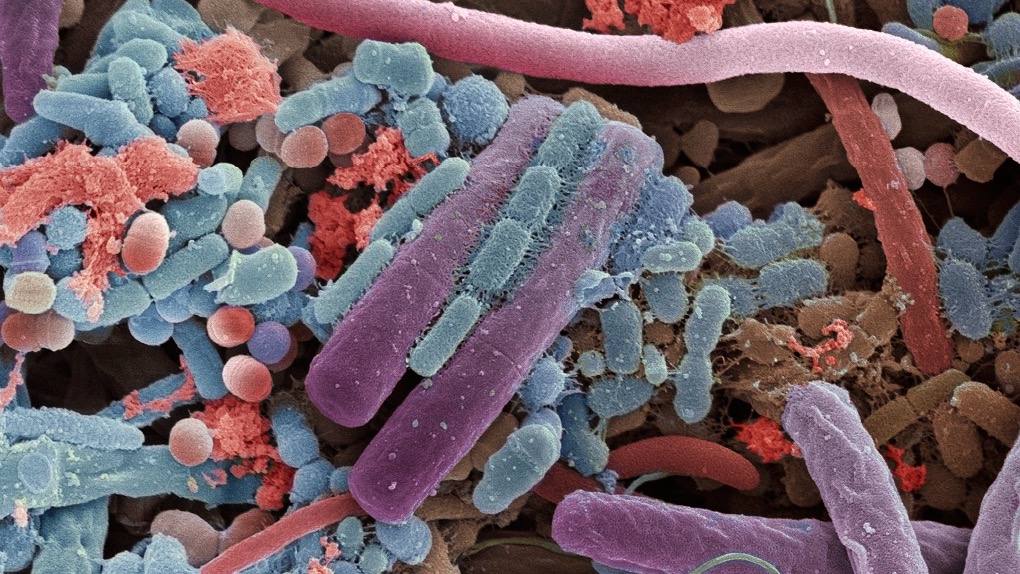



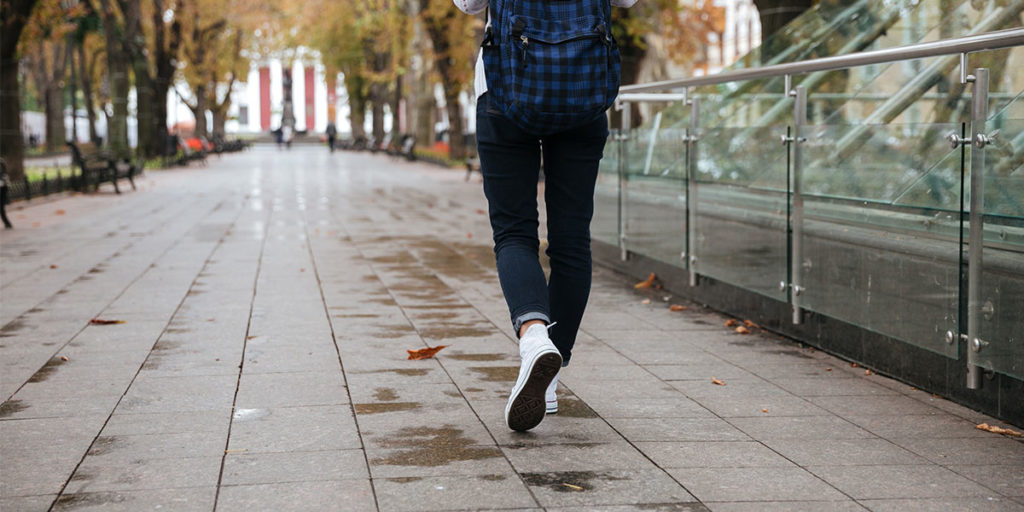
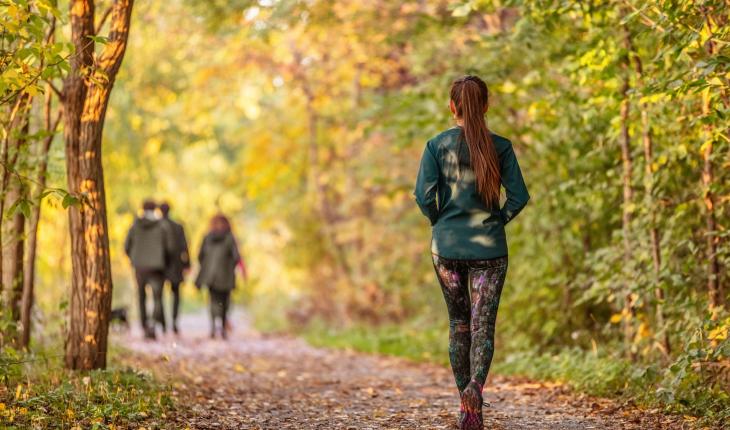

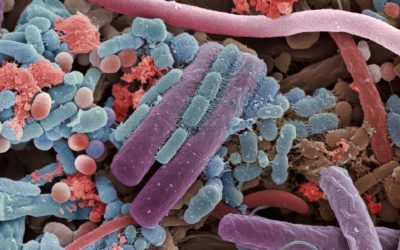

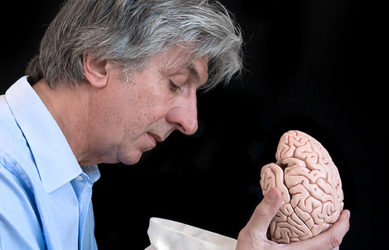

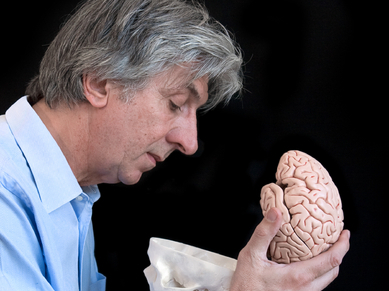
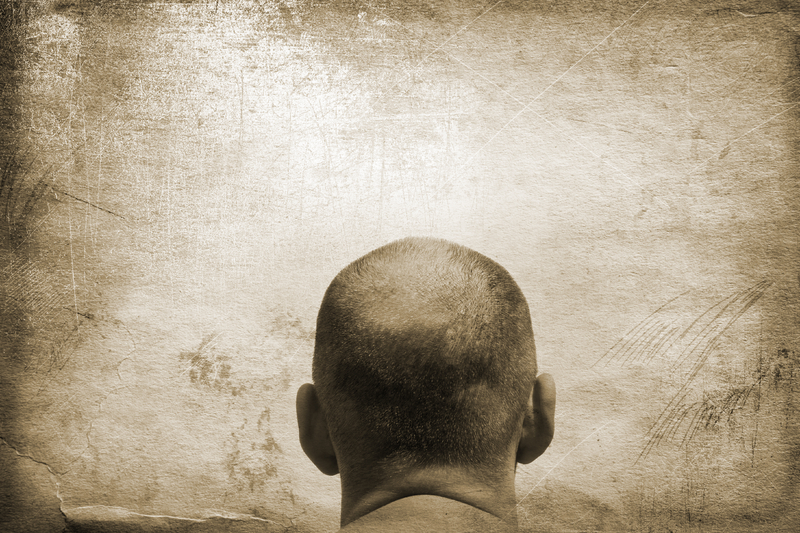
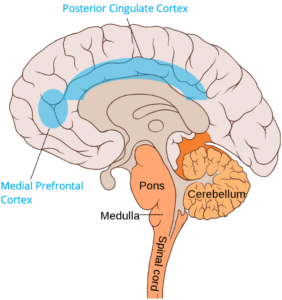 When we turn to the brain, we can see that the research points to the medial prefrontal cortex and posterior anterior cingulate cortex as being heavily involved in self-reflection. Research also points to the insula being involved which we discuss in the next issue – the insula is a region that integrates bodily feelings. This is in line with the well-known functions of the brain’s regions: prefrontal regions activating thought processes, the cingulate cortex, which is involved in attention and error detection, complemented by the insula for integrating bodily feelings.
When we turn to the brain, we can see that the research points to the medial prefrontal cortex and posterior anterior cingulate cortex as being heavily involved in self-reflection. Research also points to the insula being involved which we discuss in the next issue – the insula is a region that integrates bodily feelings. This is in line with the well-known functions of the brain’s regions: prefrontal regions activating thought processes, the cingulate cortex, which is involved in attention and error detection, complemented by the insula for integrating bodily feelings.